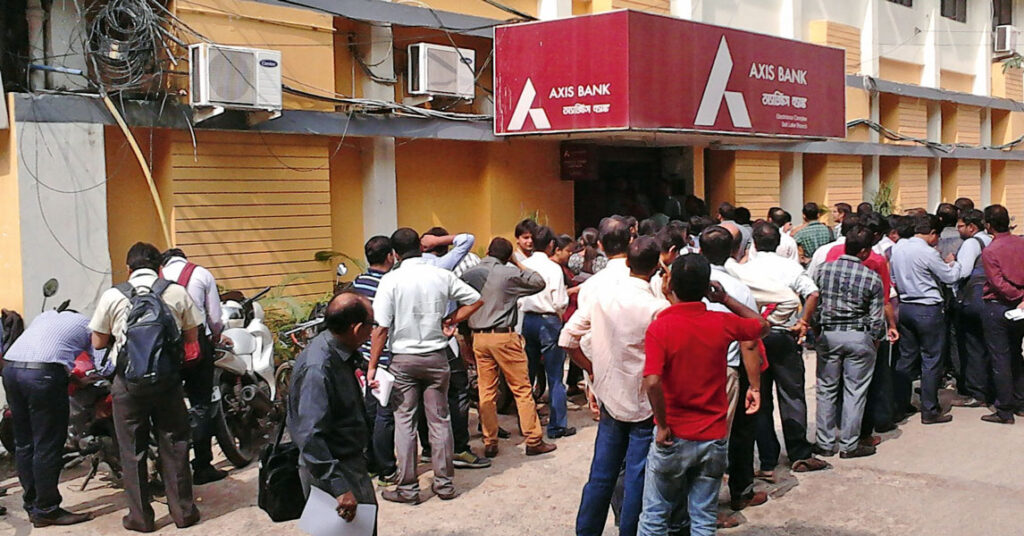Not in a month of Sundays would India’s banks have imagined that they were going to be inundated with so much money, so suddenly — all of Rs 15 lakh crore! Thanks to the demonetisation of Rs 500 and Rs 1,000 notes announced by the Prime Minister on November 8, 2016, and the requirement that all the old money be exchanged before December 31, nearly 87 per cent of the currency in circulation came back to the banks.

Nothing much would have changed had they been able to replace it all in the hands of the public quickly. But because there were not enough trucks and security guards, the Reserve Bank of India was not able to reach the money to the branches of the banks fast enough.
As a result, the banks find that the currency that was with the public is now with them. The question now is: What will they do with it? How will they use this sudden flood of cash?
Many people think that this excess is an aberration which will normalise by the end of the summer when people are able to get back the cash they had to surrender. At present, people can’t withdraw more than Rs 96,000 per month in four equal tranches. Nor can they take out more than Rs 4,500 from the ATMs. When these limits are removed, possibly by the end of June, the cash holdings with the banks will go down, back to the pre-November 8 levels.
Meanwhile, there is also the possibility that the government, in order to force people to move to electronic transactions, will not replace all the cash that it de-notified. Just how much it will not replace is not yet known, even to itself. But a fair guess is around Rs 5 lakh crore will not be replaced. This means the currency in circulation will reduce from Rs 17 lakh crore on November 8 to around Rs 12 lakh crore eventually. This is a good thing.
What would that mean for the banks? Nothing at all: whether it is a cash entry or a digital entry into a bank account, the amount of money remains the same. Only the cash part of it comes down.
All about x, y and z!
In other words, the banks are going to remain flush with cash for at least through 2017, if not longer. Most people would love to be in this situation but, alas, not banks. Their economics works in the opposite direction because banks are just intermediaries.
They borrow from depositors at x per cent rate of interest and lend to borrowers at x+y per cent. This is their income, broadly. They, however, does not represent their profit which is y-z, where z is their total cost ie, cost of borrowing from the public plus cost of operations like wages, rents, and other bills, not to mention loans that will never be repaid.
Until unsold stocks are disposed of, no one is going to invest more and therefore demand for loans is going to remain low.
The higher the y-z, the better the bank’s position. And this is where the public sector banks suffer; their z is often three or four times the z of the private sector banks. This means their profits are lower — that is, when they are not actually making losses, which half of them are. You can see this difference in the share prices of banks.
The immediate challenge for the banks, therefore, is to start lending more so that their income is maximised. But this is not going to be easy, for two reasons.
Lower sales, higher inventory
One reason is that demonetisation has meant lower sales and therefore higher inventory. Until unsold stocks are disposed of, no one is going to invest more and therefore demand for loans is going to remain low.
The slackness in investment demand is not because of unsold inventory alone. It is also because there has been a general downtrend in overall demand — both domestic and global — and demonetisation has only added to it.
Thirdly, there is the structure of banks’ costs which, even if they are able to lend, will keep income low for most banks whether they are in the public or the private sector.
In short, demonetisation may eventually help the government’s finances but for the banks it is bad news. 2017 is going to be a rough year for them.







